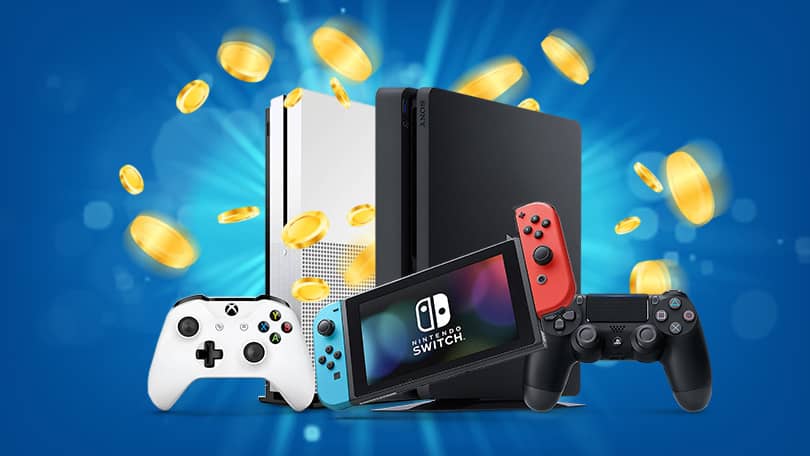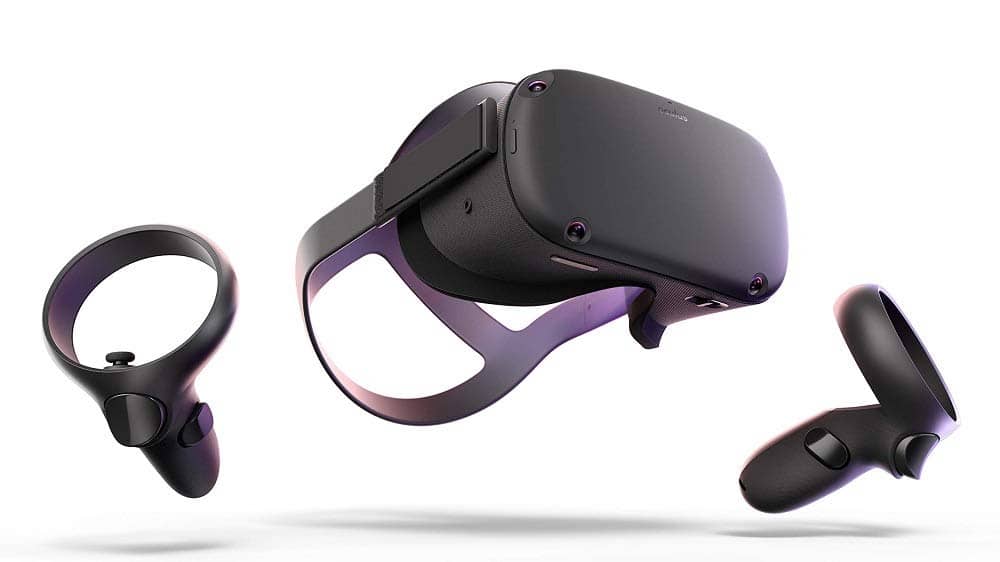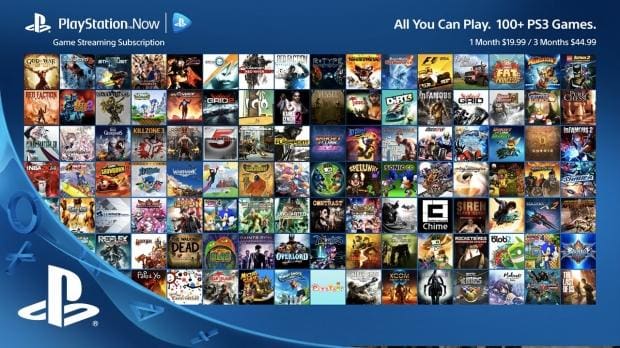
There’s never been a better time to play video games, and people definitely seem to agree with that. Here’s why..
There’s never been a better time to play video games, and people definitely seem to agree with that. Here’s why..

2020 has been painful. I’d say we can all agree with that, but there’s been a few points that have helped to ease that pain. Video games is one of those few good points.
At the beginning of the year, everyone relaxed on an island in Animal Crossing. Throughout the year, millions have met online and watched concerts through Fortnite, and the recent smash hit of Among Us has allowed thousands to meet with their friends and teachers, as school begins anew.
The stress of a pandemic with the new popularity of video games make it the perfect time to think about gaming as a hobby. The wide availability, low entry price, number of experiences, and the number of people all make this market an incredibly unique and popular one, loved by millions.
This might be pushed further with incredibly powerful new consoles coming from Microsoft and Sony, expanding games’ reaches even further.
And so, here’s why video games are better than ever in 2020.
Free to play games (FTP) have exploded in popularity, following the massive reach of gamers wanting to capitalize fun, without letting companies capitalize them.
For years, games have been exclusively paid. You wanted a game, you pay for it. It’s that simple.
But not anymore. Hundreds if not thousands of free to play games are popping up here and there, attracting millions. Fortnite, PUBG Mobile, Apex Legends, Valorant, League of Legends, DOTA, Smite, Warframe, Dauntless, so many games are free.
They don’t even rub ads in your face or do anything to make the experience painful. Fortnite has millions of players and makes billions in revenue from in-game skins, with zero, yes zero, ads in the game.

Even more games are following this trends, such as the money making goliath Destiny 2, the speedy Rocket League, CSGO, Final Fantasy, Star Wars: The Old Republic. The list goes on.
While these games might be pretty impressive to be free, there’s generally some sort of catch, whether it be a lessened experience, or repetitive online, or something special. That’s where my favorite type of free to play game comes in, and that’s with completely free indie and AAA games. Think the Epic Games store, Google Stadia, Ubisoft, Steam, and so many more places.
I’ve gotten around 50-60 games for free from Epic Games, totaling close to $2000 in value. I got Assassin’s Creed Odyssey for free from a Google Project Stream beta, and a bunch of free games with Google Stadia too. Nintendo’s handing out some games sometimes, and Steam has some free game deals as well.
Everything’s sort of compiling to the surprisingly money heavy free to play category, including everyone’s new favorite game that’s been out for years, Among Us. (yes, great transition, I know)
Among Us, the backstab your friends, lose your soul, and lie constantly free to play game has exploded recently, due to its free tier on mobile, and wild availability.

In essence, everything’s pivoting to the more budget oriented gamer, helping to let everyone play games, even if they don’t have the capital for it.
VR has long been a mixed bag, with only the enthusiasts and the rich being able to afford it. And they didn’t even want to use it.
But, recently, it’s had somewhat of a resurgence, turning this small market into a multibillion dollar enterprise, comprising headsets from dozens of companies, with hundreds of offerings. You can get a headset that uses your computer, one that works completely alone, one that wirelessly streams, there’s all sorts of things that you can do.
The Oculus Quest from Facebook’s Oculus was the first big trip into the masses, with a $399 headset, with all the hardware you need built into the headset. This allowed millions who couldn’t afford or didn’t want an expensive headset and PC to instead buy an all in one $399 VR headset, that could play most of the games that you wanted to.

The Quest 2 arrived this year, with a $299 entrance fee, and graphics that apparently rival some computers. That’s insane. It allows you to play almost whatever game you want to play, in an ecosystem, now with millions of people.
All of this comes from experimentation and tough struggling, like with Sony’s Playstation VR, theoretically allowing 100 million people the option to expand into VR. It wasn’t ultra powerful or lifelike, but it was still a way to hook millions.
The games are getting longer, the stories more developed, the technology stronger, the price lower, the experience way better, and the market, much larger. After playing Beat Saber on my Quest, and Star Wars, Arizona Sunshine, RecRoom, and much more, it helps to show that this expanding market, that’s exploded during 2020, is rounding a corner into a mainstream technology market.
These services. Wow. They’re amazing. Xbox Game Pass, PS Plus, PS Now, Stadia, the list goes on. They all fulfill their own purpose, but all together they create an amazing ecosystem that allows millions to enjoy hundreds of games, for much less than the individual prices.
These services act like the Netflix of games, allowing combined thousands of games for cheap monthly costs, such as a few coffees worth of money. It’s a much more economical way of accessing games, and you don’t have to worry about whether you like the game after buying, whether you can afford it, or whether you want to play through all of it.
You can choose to subscribe for one month, play a $60 game for $5, quit, join another service, play another game, quit, so on, and so forth. There’s also tons of options for services too.
Microsoft’s Xbox Game Pass provides hundreds of games, with future Microsoft first-party games added day one (including Bethesda games), available on PC, console, streaming, and phones. EA Play is added, and overall, you get access to thousands of dollars worth of games, for just $15 per month.
Sony’s Playstation Plus and Playstation Now are separate and different services, but they both do incredible things. PS+ has collections of games included, with some of the best of all PlayStation generations. PlayStation Now has access to more than 800 PS games, whether available for download on PS4, or for streaming on computer.

EA has a subscription offer, Ubisoft, Apple, and Bethesda technically too.
All in all, all of these different services give access to way more games that you probably could otherwise. For a few dollars a month, you get access to hundreds of games, each of which retail at a price slightly more than $10. Like $50 more. Yeah.
Cloud gaming is an odd egg. Originally designed for the hardcore gamer, it eventually became intended for casual gamers, and then mobile gamers, and then hardcore gamers and console gamers. Either way, cloud gaming is a way to stream games to a device from a server far far away, on whatever screen you want to put it on.
If you wanna play GTA on your phone, go ahead. If you have a crappy Chromebook, but want to play Red Dead? Go ahead.
The issue to this really cool technology is that it’s really difficult. Yes, difficult. In whatever context you want to put it in, it’s difficult.
It’s difficult to market, it’s difficult to create, it’s difficult to develop, it’s difficult to advertise, it’s difficult to run, it’s difficult to have fast enough wifi in order to even access the application that you want to stream cloud games too, therefore completely ridding this medium its intended purpose of existing, therefore making this entire cycle obsolte– anyway, it’s hard.
But, there’s some solutions to this growing problem, and Microsoft leads this. Xbox Game Pass is bundled with Microsoft’s cloud streaming service, xCloud, which allows you to stream hundreds of games from an Xbox on a server, to your phone, or Android device.
There are other services of course, such as Google Stadia, Amazon Luna, PlayStation Now, Shadow PC, GeForce Now, Facebook Gaming, and more, but none of them really fulfill their purpose entirely. Except for maybe PS Now. Which is sort of surprising.

While I may make it sound like this cloud gaming thing is really stupid and complicated, when it works, it works. It’s a super simple, cheap way of being able to play complex, performance heavy games, on devices that you can take anywhere. xCloud for example, works really well, and while it’s not 1080p60, it’s still really smooth and the input lag is barely noticeable.
Overall, 2020 has been an amazing time for games, and games have been amazing for 2020. People being forced indoors and being forced to find something new has helped push video games into the forefront, with all the different types and genres of games making them even better. Video games have helped 2020 too, due to the vast experiences and decreasing costs, helping make gaming a much easier and comforting niche to fit yourself into.
Sign up for our newsletter to get bite-sized newsletters!




Sign up for our newsletter to get bite-sized newsletters!
Statural.com is an independently owned and operated news website, providing useful information across five major categories.
© 2020 Statural. All rights reserved